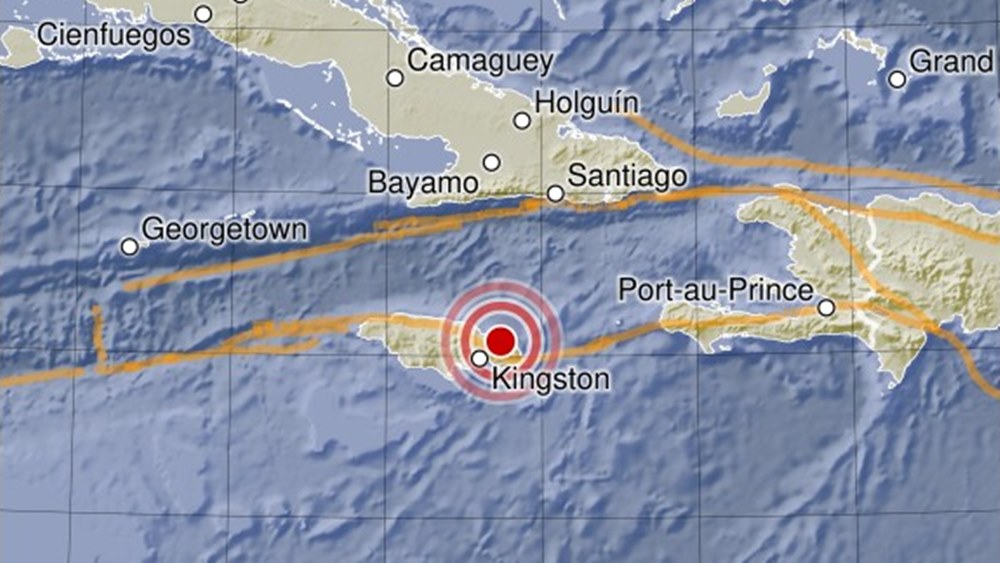Jamaica experienced a magnitude 5.6 earthquake on Monday, causing tremors felt not only on the island but also in Haiti, the United States Minor Outlying Islands, Bahamas, Cayman Islands, and Cuba. While no serious injuries or fatalities have been reported thus far, some buildings have suffered damage, leading to the closure of schools in certain areas.
The European Mediterranean Seismological Centre (EMSC) reported that the earthquake originated at a depth of 17 kilometres (10.56 miles) around 10:57 am local time. This seismic event follows a magnitude 5.2 earthquake that occurred in September, heightening concerns among observers who note that strong earthquakes are rare in Jamaica.
Throughout the affected regions, employees in corporate areas evacuated their buildings and sought out safe zones until the earthquake subsided. Prime Minister Andrew Holness issued a statement urging citizens to remain calm, emphasising that no significant damage or loss of life has been reported. He also called for patience as damage assessments are conducted.
Jamaica promptly activated its earthquake protocol, with the primary challenge stemming from a series of electrical outages caused by damage to powerlines and infrastructure in certain regions. The nation is known for experiencing numerous minor earthquakes, averaging 200 per year. However, the recent back-to-back strong earthquakes have raised concerns among observers.
Notable seismic events in Jamaica’s history include the devastating Port Royal earthquake in 1692, which caused a portion of the town to sink into the sea. In 1907, the capital city of Kingston was struck by a major earthquake that claimed the lives of 1,000 people. Another significant event occurred in March 1957, predominantly affecting Western Jamaica.
Jamaica shares the Enriquillo–Plantain Garden fault zone with Haiti and the Dominican Republic, rendering all three nations vulnerable to seismic activity. The proximity of these countries within the same region underscores the need for robust disaster preparedness and mitigation efforts to ensure the safety and well-being of their populations.



